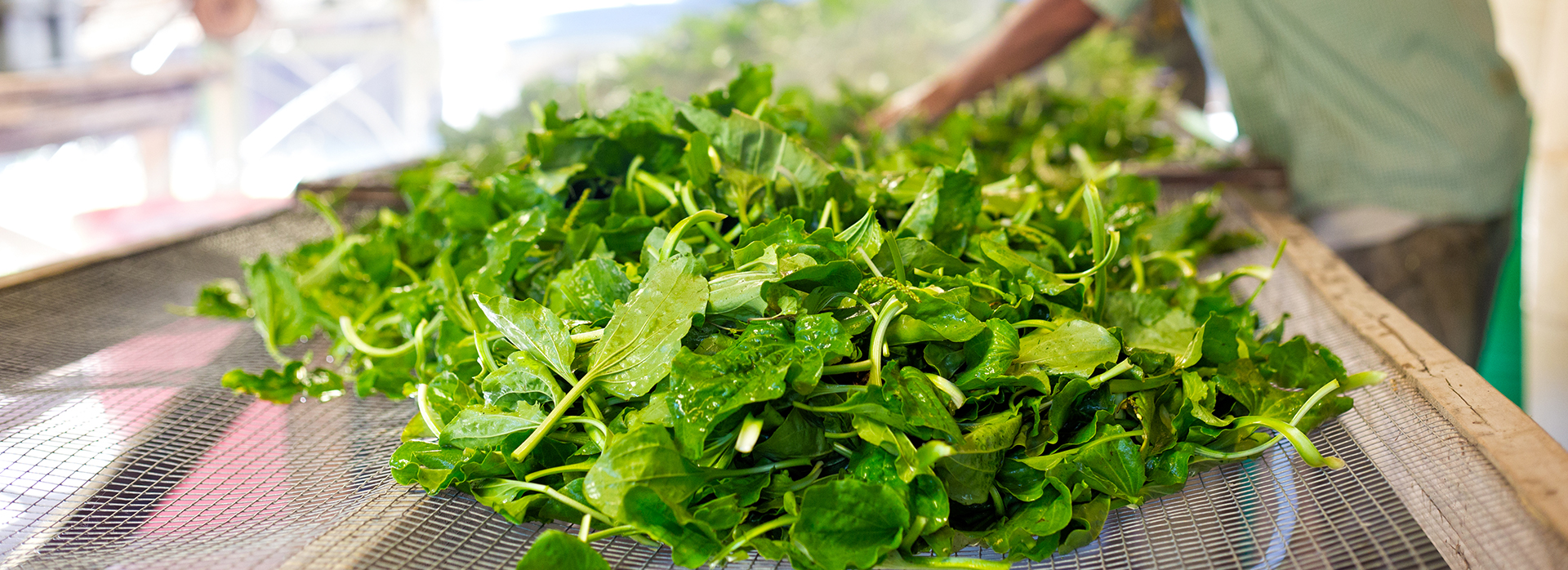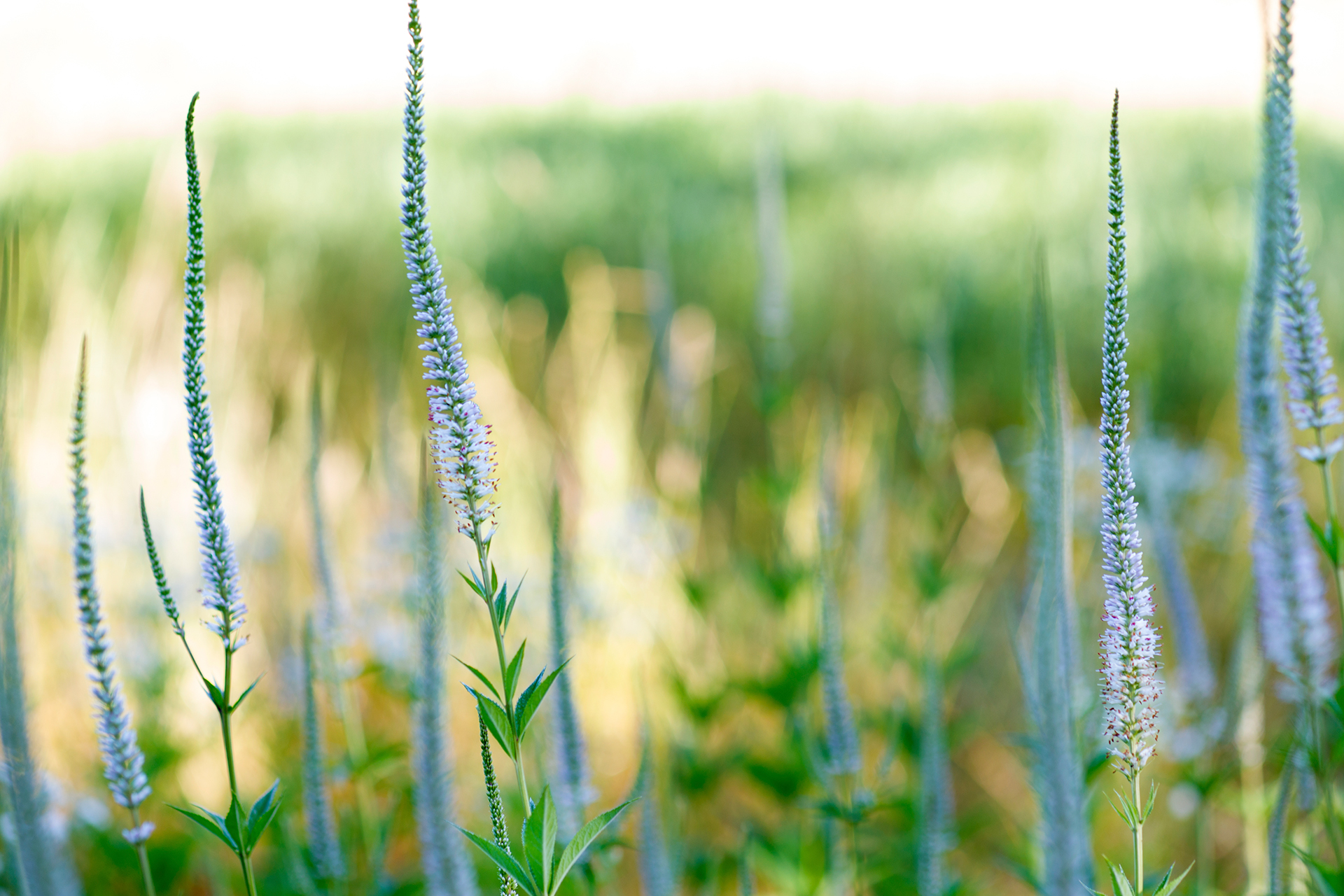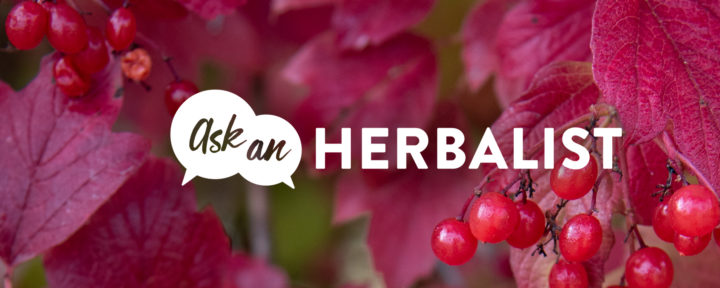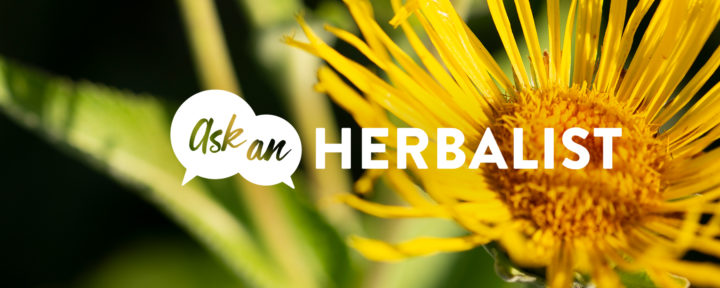We love talking about herbs and herbalism, and we especially love answering your questions about those topics. That's why we brought in our team of herbal experts to respond to some of the most common questions and concerns we hear.
Our herbalists have decades of combined experience working with herbs — and the people who take them. They answer your most pressing questions, in our regular column “Ask an Herbalist.”
Curious about using fresh herbs vs. dried herbs? People often wonder which are better when it comes to making herbal extracts. There’s no hard and fast rule, as it depends on each individual herb. For tinctures or other liquid extracts, such as teas, choosing fresh or dried herbs can depend on a variety of factors including availability, historical use and modern scientific research.
Advantages of fresh herbs
Fresh herbs can easily be collected from the garden or out in the wild. Certain herbs — like Ginger, Rosemary and Garlic — may even be found fresh in a grocery store.
Some herbalists believe that fresh herbs have an energy and vibrancy that is lost when they are dried, and they will opt to use fresh herb material whenever possible. In addition, some herbs do not hold up well to the drying process. Their chemical profile may change as they dry and they may also degrade in poor drying conditions.
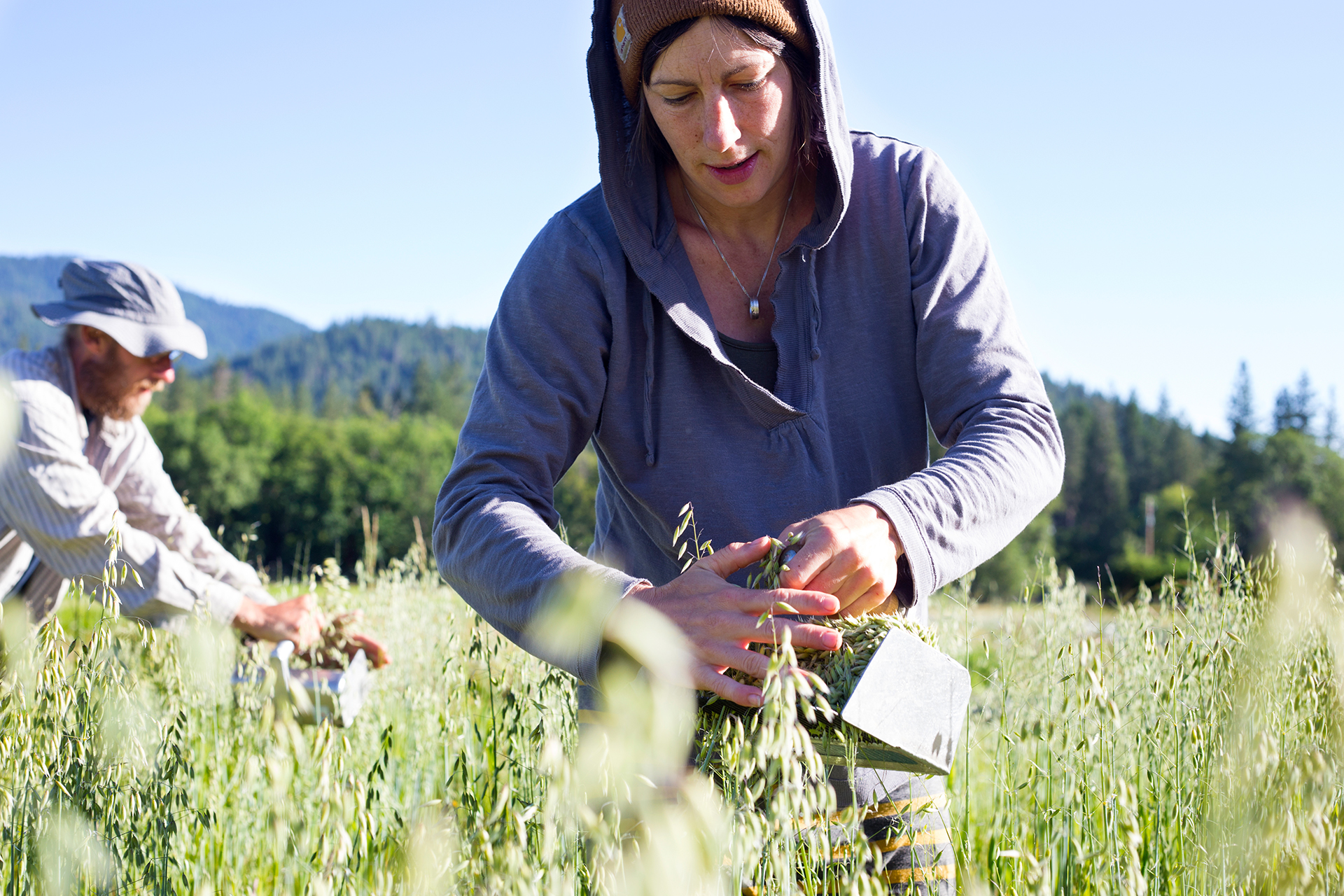
Oat Seed (Avena sativa) is among the herbs we grow on our Certified Organic farm. We process and extract the seeds while they're fresh and "milky".
However, most fresh herbs have a limited harvesting window that makes them difficult to find year-round. Fresh herbs contain water, which means they are perishable and have a limited shelf life. If they aren’t going to be used shortly after harvesting, they must be dried or extracted for preservation. Herbal extracts like tinctures and glycerites are a great way to preserve fresh herbs for later use. Ideally you can make enough extract to last until the following year when the fresh herb becomes available again.
Advantages of dried herbs
Dried herbs have their own advantages and can also be used in herbal extracts. If properly stored away from heat, light and moisture, the average shelf life of a dried herb is up to two years. Drying also preserves plant constituents well and increases their concentration as a percentage of the herb’s entire weight.
Some herbs can be too potent when fresh, but become gentler with age. A good example is Culver’s Root (pictured above), which we dry and age for one year before extraction
When purchasing and using dried herbs, it’s important to remember that they degrade over time. The more surface area that is exposed to air, the shorter their shelf life. This means that herbal powders have a shorter shelf life than herbs stored in larger pieces. Aromatic herbs also have a shorter shelf life as their essential oils dissipate with age. If you are planning to store dried herbs for future use, it may be best to purchase them whole or “cut and sifted” (herbs that have been cut into small pieces and then sifted to remove dust), and then powder them yourself shortly before using.
Fresh herbs vs. dried herbs: What do we use?
Here on the Pharm farm, we harvest herbs for our fresh extracts and immediately transport them to the plant for processing. Alternatively, the herbs may be chopped, washed and gently dried before they are delivered to our plant for extraction. We dry and store our herbs in larger pieces to preserve their constituents, then mill them down to a smaller size right before we extract them.
As you can see, there’s no simple answer — or single answer — to the fresh herbs vs. dried herbs debate. But that’s part of the beauty of herbalism and why we appreciate herbs so much. They are diverse and should be handled individually on a case-by-case basis. When it comes to fresh versus dried herbs, the answer is “different” not “better.”

